After seeing a slew of posts about which decks are good for ‘the meta’, whether there even is a ‘meta’ or several different metas, or if it changes too quickly for any analysis about a particular meta to even be useful… I wanted to share some thoughts on how to best use the meta for laddering. There’s some implicit game theory in here. I’ll try not to rant, but I might fail.
When There Is No Meta
The meta is just a set of popular decks that people use. In a ‘well-developed’ meta, there will be a handful of decks providing moderate diversity and different play styles. In an undefined or transition meta, there will be a billion types of decks all doing different things. It is entirely pointless to talk about an undefined meta, because such a meta is like no meta at all, and thus you cannot break it (see under rank 15 play).
In a world of randomness, the highest value/synergy/ “good” deck will win the highest % of times.This has nothing to do with any meta. If you find yourself facing a slew of random creative decks with no common theme, you are not in a meta. In many ways, this is the easiest meta to break, as you can just net-deck and be ahead of the curve on deck value and goodness (and of course, skill in gameplay). This is what the casual player thinks wins games, and for their rank, this is true.
What is the Meta
A well-developed meta happens only when two things converge:
- Certain combinations of cards are significantly better than other combinations (for example, in RPS, there is no meta, because the values of R, P, and S are always equal), and
- People are lazy. In a complex game like a TCG, there are not enough people who will be able to intelligently figure out the optimal combination of cards to create optimal decks. And, even if there are, all decks will be significantly different from each other (after all, we each have a different understanding of what is optimal, because we are not computers, even if there is an objectively right answer, which in a TCG, there should not be). A fast, well-developed meta happens only when people start net-decking, following good players who play certain decks, etc. This is key. People are lazy, and uncreative, and don’t fully grasp the base theories behind the decks they are playing, because they did not design these decks, and they have not thought for dozens / hundreds of hours on these decks like the designers did.
Practically speaking, laziness can work pretty well, especially if they are good players, because they will take meta-appropriate good netdecks and play them intelligently, making small sideboard adjustments. They will win a fair amount for their skill level (50-55%), against other net-decks and failed diverse/test decks. Better players will advance, lesser ones will stagnate. All is well. But, this general laziness, even among good players, is the underpinning of how to break the meta.
Aside: Important to note that “the meta” will ensure balance, so that no popular netdeck will ever win above a 55% win rate. This is why if you tracked the % of players who make legend in a timely manner (e.g. without a 200+ game grind), a hugely disproportionate % will have been using unique decks that differ significantly from what’s out there in “the meta”.
If 5% of the players Ranks 1-4 are running their own decks over popular in-meta netdecks (+/- a couple of sideboard cards), 20% of players making legend will have gotten there using these meta-decks… because they beat the meta. This point is so important, I will repeat it. You will only advance painfully slowly (if at all) once you hit Ranks 1-4 if you do not break the meta, unless you are a hugely significantly better player (which is very difficult to be at that level). Someone did the math a while back on reddit, a 52-53% win rate will take over 500 games to get from Rank 5 to Legend. And with such nice weather outside, who has the time for that? =D
How to use Meta for Profit
The idea behind breaking the Meta, is to find a common weakness among the most popular decks in a well-defined meta, and exploit that weakness. That’s it. A “meta” deck has three qualities:
- It targets a weakness found in a variety of popular decks. This means many of its cards will essentially do the same thing. It is very focused on 1 or 2 things, because it has identified those things as critical in the meta. Things can be use of a creature type, a game mechanic, a timing-window, etc.
- It is not a good deck and has many weaknesses and bad match ups. It will flat-out lose against most “diverse” decks. So, it will generally not function in a meta-less world, and it will usually take only very small tweaks to existing good decks to counter a meta-deck if it ever gets popular enough to be worth considering. Heck, most of the time, it will lose to good decks even with no changes in a re-match. It almost never exploits ingenious new combos. There is usually nothing “good” about the deck, besides the fact that it happens to work, for now.
- It has the element of surprise. It is not popular, because it has no advertisement in the form of tournament winners, steamers, etc. During the game, it makes opponents actually have to think about why they are doing certain actions, outside of the context where those actions are usually taken. Remember, most of your opponents are lazy. They netdeck. They don’t fully understand their decks. This is key, because this means that the better your opponents decks are for their rank, the lower their true skill level is, and the harder they fail when faced with new situations. A meta-deck will always do best at its rank against players of the most popular and “best” decks for “the meta”. This means, as a meta-deck user, you will net-out at a rank significantly higher than your actual skill level as a player. As a bonus, even top-level players will always mis-mulligan and misplay the first 1-2 turns, since they make incorrect assumptions about your deck that they have no way to know otherwise, so your deck will always be at a slight meta-advantage, even against the best players.
A good meta-deck player will win 65%+ of its games easily at the true skill level of that player (significantly better than a good player with a netdeck, which will win at most 55%). For every player playing at Ranks 1-4 who knows his net-deck well, there are at least 3 who are fairly clueless and just following a mental roadmap of moves. For every player playing at Ranks 5-9 who knows his net-deck well, there are at least 10 who are clueless. I cringe whenever I see a question on here along the lines of “how does Deck X beat Deck Y”, and answers come in “play this card” or “use this combo”.
This is a classic case of the player not understanding the fundamental philosophy behind the deck he is using. He may improve his matchups, but he will be ill-prepared for a meta-deck. These people, the vast majority of Hearthstone players, are the fish that a meta-deck seeks to gobble up. For laddering purposes, this is obviously very beneficial to you, because just by giving opponents something new to think about, you are lowering their skill level (or rather, you are exposing their true skill level). The harder a deck is to master (think: Control Warrior and Miracle Rogue), the harder their players fall.
By using a meta-deck, you increase your odd’s of winning, because meta-decks are specially designed deck for the weaknesses in the meta, AND you have also lowered your opponent’s skill level, by making him face unique difficult situations that involve lots of thinking (which he is mostly not terribly good at with his deck), on a timer.
What breaks your Meta
(Update: This section was written and first published at the end of May 2014, and this particular analysis of the meta is for that period of time. The meta has shifted since this article was originally published, but the principles for analysis should remain the same. For example, freeze mages, which fit the description of decks that break the meta I outlined below, were a fringe deck in May 2014, but are now fairly popular as of July 2014.)
Meta-decks are not ingenious creations. See point #2. But, they are very singularly focused on exploiting a weakness very well, and misdirecting early plays. Right now, there is diversity in Warlocks, Druids, Rogues, Paladins and Priests. But, Warrior is always control burst. Shaman is always mid-range burst. Mage is always aggro-control burst. This means these three classes are the good candidates for the current meta-deck. This means, right now are good times to be making aggro/midrange Warriors, control/mid-range Mages, and aggro/control Shamans. If you’re thinking of making a meta-deck, I’d start there.
So, what weaknesses should we exploit?
I’ll give an example of the current post-UTH nerf meta in Ranks 1-9 and mid/low Legend (I would argue this meta has existed in some form for the last 2 months without much change), and what players have done to exploit this setting. The current meta is all about board control early (Tempo decks (I put Shaman here and Token Druids), Zoo decks) and/or control with burst combos late (Miracle Rogue, Control Warrior, Handlock). This accounts for 90% of the popular net-decks you will see.
Because the popular decks in the meta are adjusting and balancing against each other, board control decks will not run a large amount of removal spells (since they are useless against control burst combos), but will run multi-taunts (since they are good against control burst combos). Control-burst decks will run a larger amount of minions-removal in favor of direct-removal (which is worthless against other control burst combos).
This sets up clear weaknesses: Direct damage/charge/weapons with board clear and taunt removal. Without a board to remove, we force control to do nothing but draw more cards, and games end earlier than the combo comes out, so this card draw is worthless. By conceding the board, we give board control decks nothing to do besides attack with inefficient face-damage creatures relative to your face-damage creatures, and they soon get board-wiped along with their taunts (which, direct damage entirely bypasses anyway).
Kolento’s Warlock, Divine Favor Aggro Pally, Aggro/Weapons Warriors, Face-Hunters, Aggro-burst Mages, are all meta-decks that exploit “the meta”. None of these are good decks. They all look rather weak on paper compared to Miracle Rogue, Ramp Druid, Zoo, and a variety of other popular well-synergized net-decks, and they ARE weak… in a vacuum. But for you, in “the meta”, learning these decks was the fastest way to ladder in Ranks 1-9 (at a minimum, possibly also Legend with some of the better thought-out decks among these) in the past 2-3 weeks.
The meta you play in may be different, and the meta in two weeks may be even more different. But, the same principles for breaking the meta will always apply.
When the Meta Breaks
So, what happens to “the meta” when you break the meta? Well, nothing. Nothing happens at all. To each individual that you beat, and he/she loses, they have only seen your deck in one game. It’s written off as part of a 75%+ win% they have versus “Other” decks, even by the most diligent trackers of their progress. For less diligent trackers, they don’t even realize that different classes are essentially running the same meta-decks. In any case, they are completely unconcerned about you and your 65%+ win rate, because you do not affect their overall rank or progress. Acting rationally, no one has any reason to take your deck into account or adjust their decks to yours.
Therefore, a meta-deck REMAINS effective (meaning, will get you higher win% than your skill level with a net-deck, and much higher than your true gameplay skill level), and “the meta” will never actually adjust to any particular meta-deck. Only if a meta-deck gets refined and becomes popular (as Kolento’s Warlock may be, we’ll see), will the meta then shift to adjust for it, and a new meta will be born. See: Miracle Rogue for latest refinement/shift. Miracle Rogues have been around for quite some time and boasted ridiculous win%s for a good stretch before they actually caught fire popularity-wise at the end of last season. The good news is, you don’t need to build the next Miracle Rogue. You just need to build/use any meta-deck to profit from “the meta”.
That’s it! Hope you enjoyed the write-up! Would love to discuss theories on breaking the meta or particulars about trends in the current meta in the comments below.
Summary: Use your thinking thingy. Break the Meta. Win games at much higher percentage. Use time saved to go outside. Play in sun. Happy!
– ADWCTA
Note: I first shared this article on Reddit in the competitiveHS subreddit. I will be writing some articles in the near future here on Hearthstone Players.



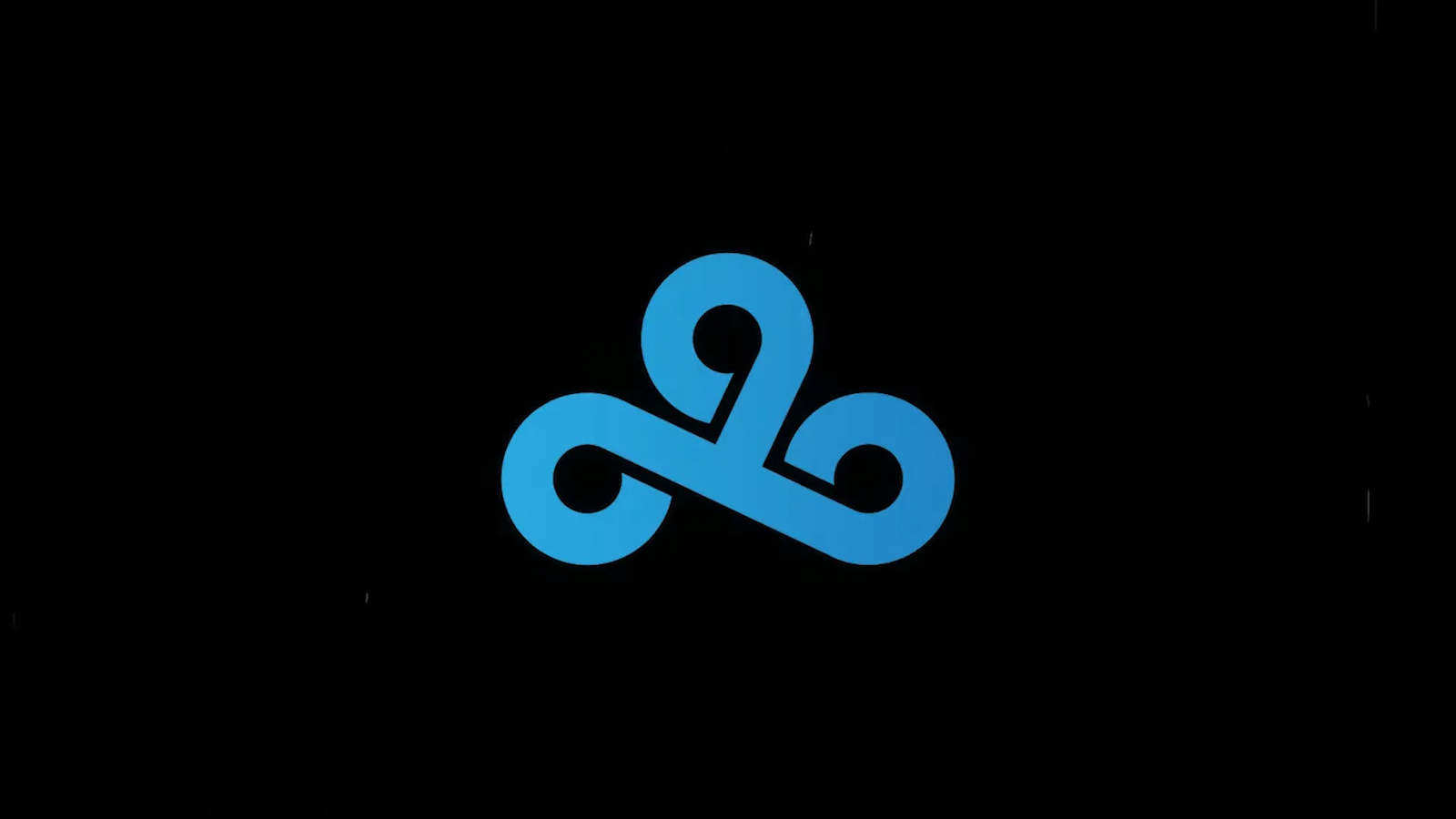

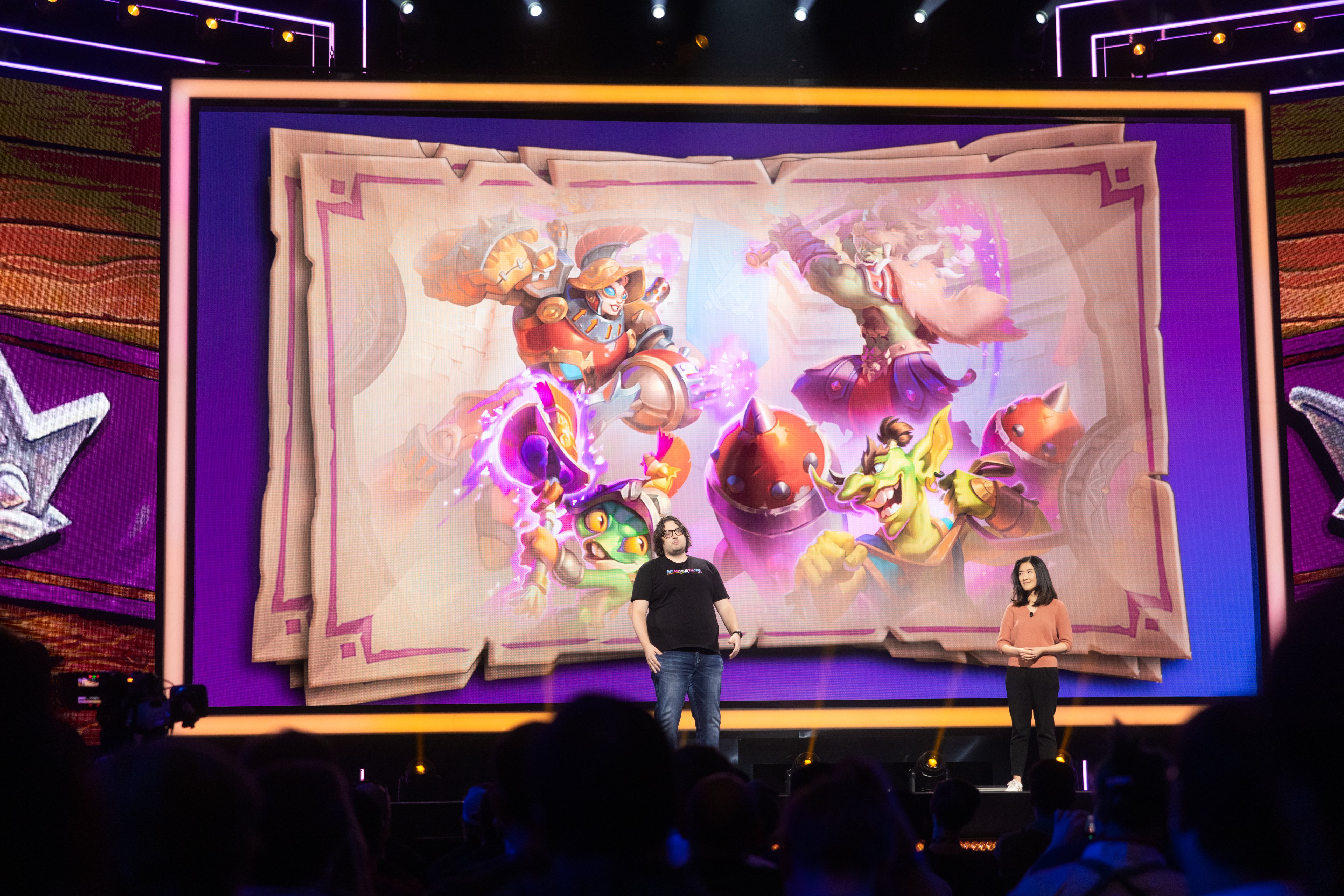
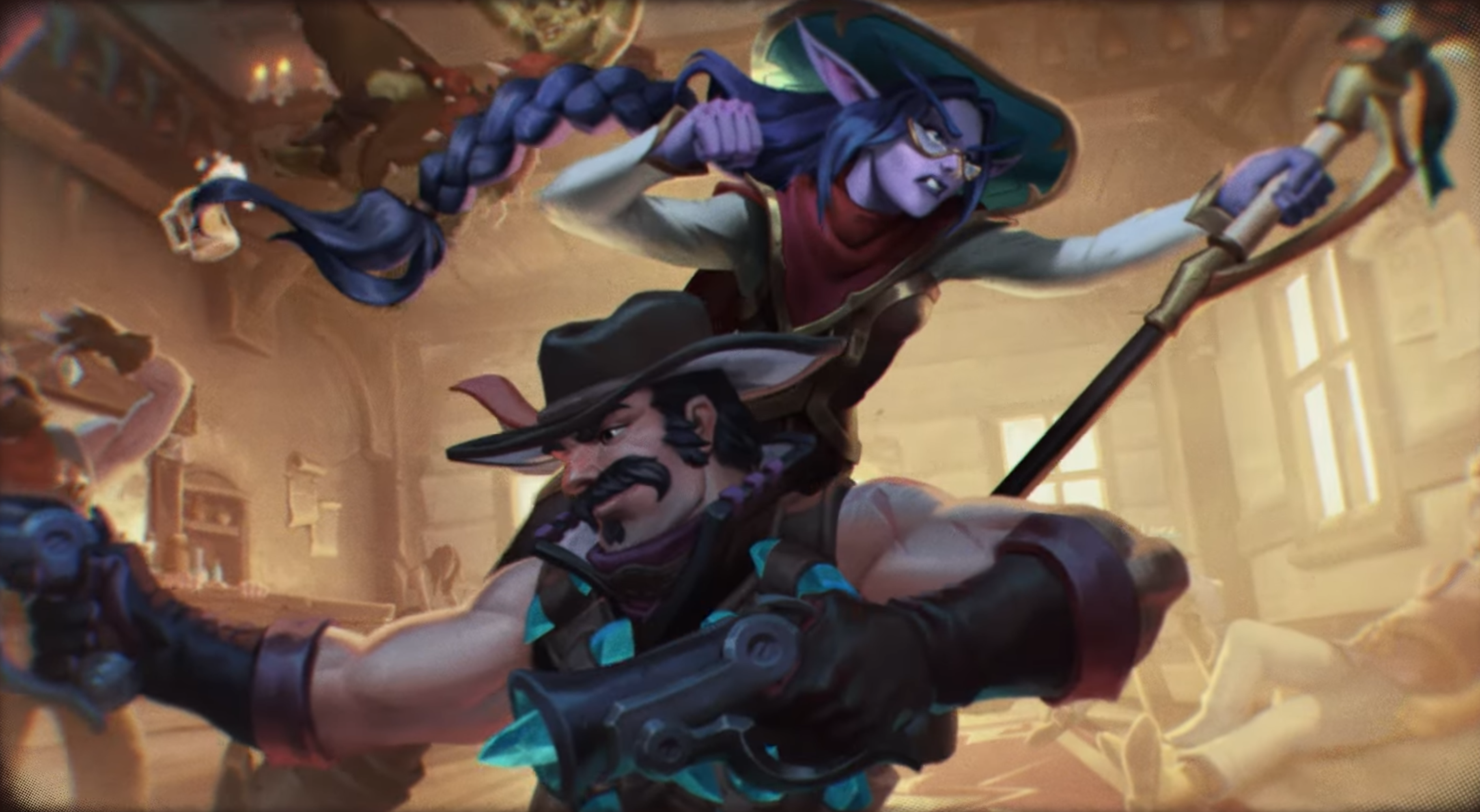
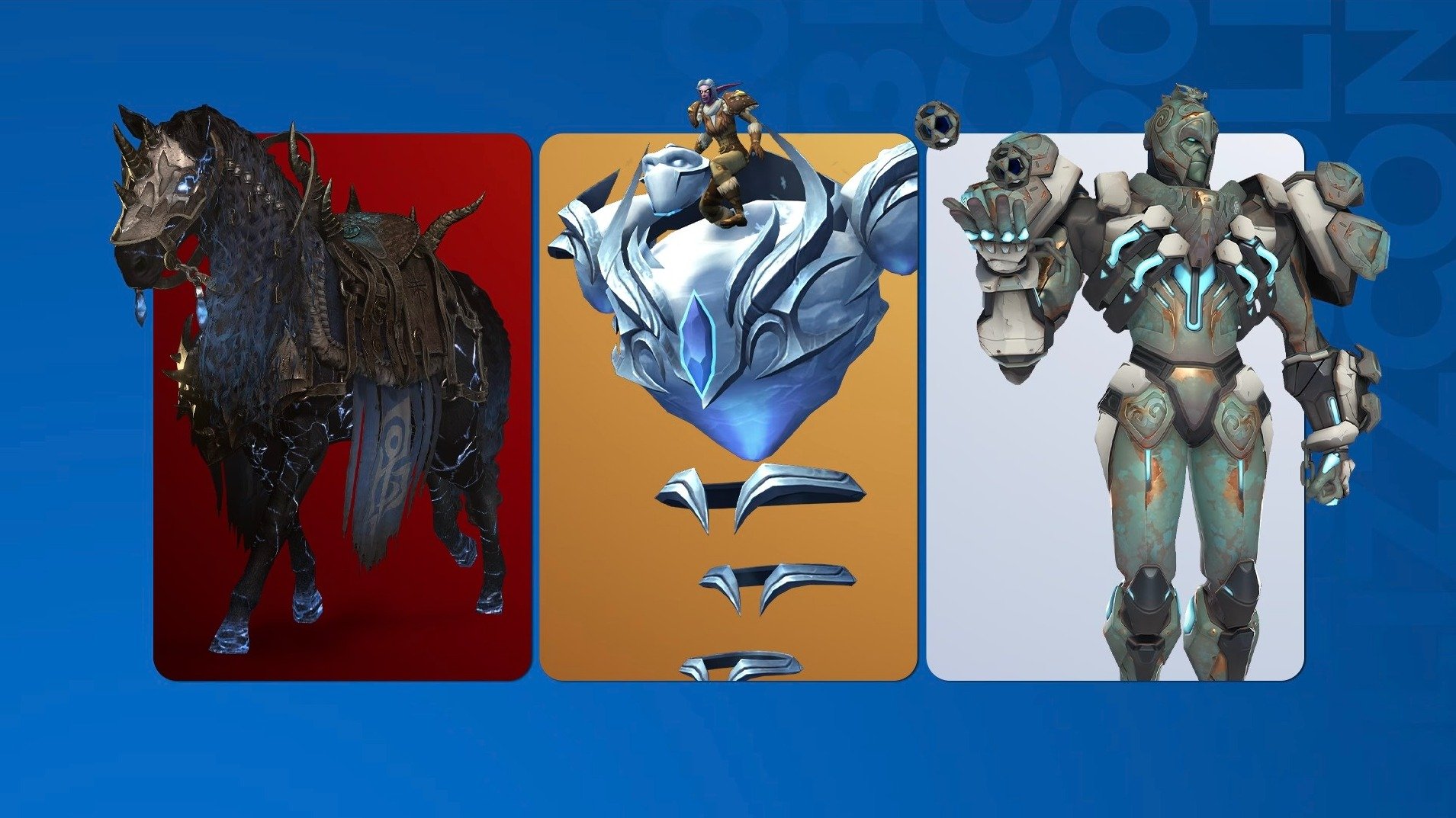
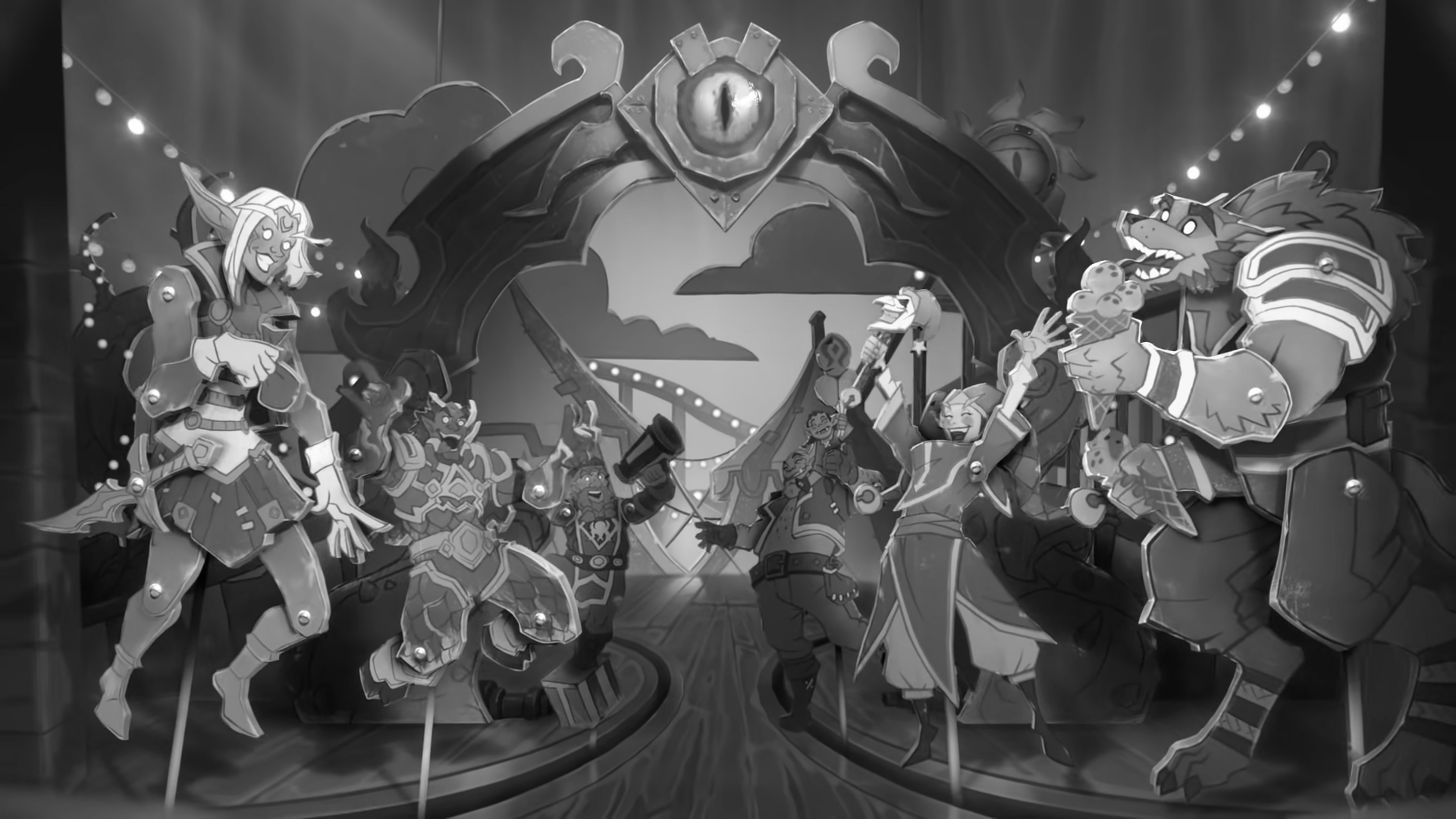

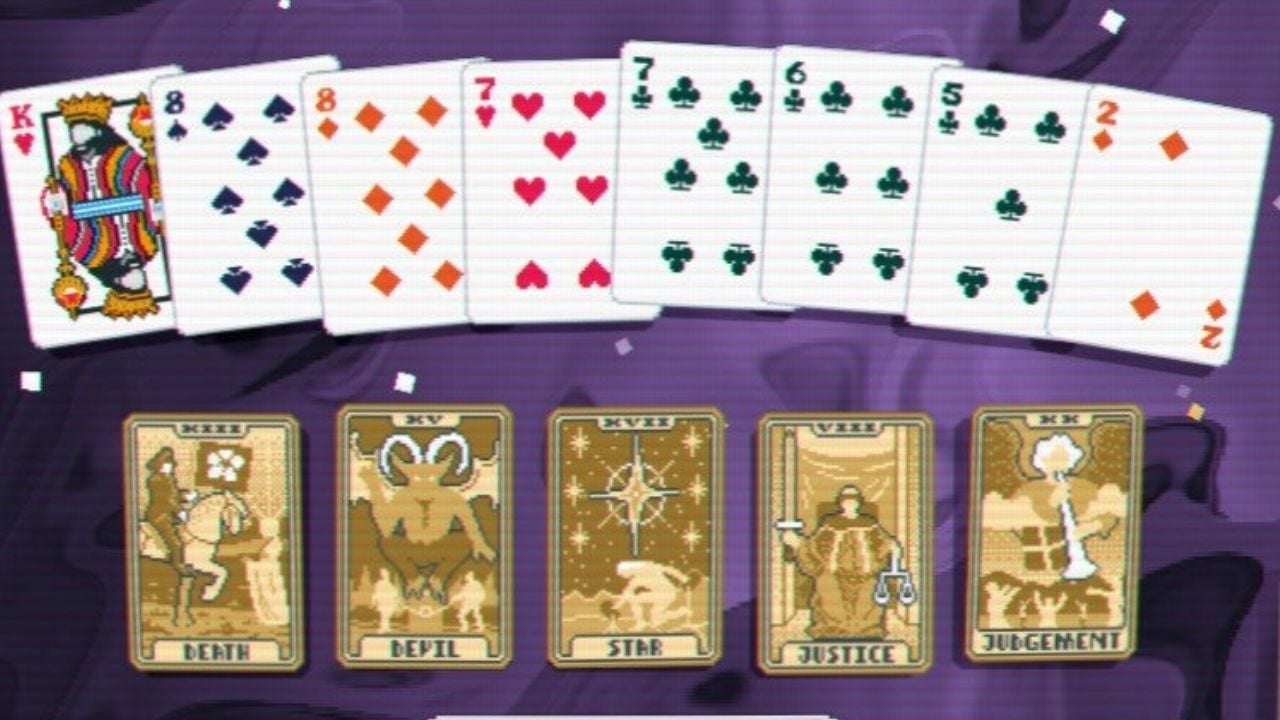
Published: Jul 17, 2014 12:41 pm